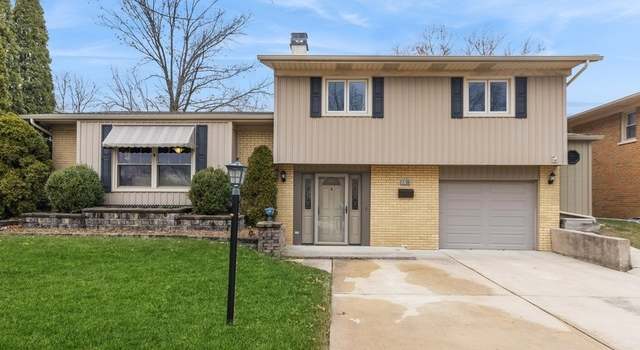


The area is managed by the Local office for biodiversity of Punta Marina. The following works of reforestation were carried out thanks to the Rava law of 1905. The most ancient nucleus of these ones, the Staggioni pine forest in Porto Corsini, dates back to 1882. There are also coastal pine forests ( Casalborsetti, Staggioni, Piomboni, Raspona, Ramazzotti, Savio and, in the Municipality of Cervia, Pinarella) that belong to the state property and are protected as a state natural reserve. Today, all these areas are managed by the Municipality of Ravenna in collaboration with the Authority for the Management of Parks and Biodiversity – Po Delta, as they are part of the large Po Delta regional Park.īut the pine forests of Ravenna are not all comparable to each other. The current 2,000 ha (1100 of them located north of Ravenna, about 900 south of Ravenna) are what remains of the 18th-century large forest that stretched for 7,000 ha and that around 1000 AD was managed by four monastic communities – the abbeys of San Vitale, Santa Maria in Porto, Sant’Apollinare in Classe and San Giovanni Evangelista. It is believed that these woods were already present around the 5th century AD. The risk was always there, after all: pine trees are fuel for fires, because of the layer of dried needles (leaves) which gather on the ground and the large amount of resin these trees produce, which, under certain conditions, can even be explosive.THE HISTORICAL PINE FORESTS OF SAN VITALE and CLASSE have very ancient origins. Only a few maritime pine trees remain in what is left of the woodlands – what was left unscathed belongs to the acacia and eucalyptus families. Before the fires, it was divided into huge plantations – more than 340 – which are planted at the same time. The pine forest will have to be planned and tended. It is he who explains that a pine tree needs “70 to 75” years to be ready to be felled, but double that – 150 years – is required for a forest to operate in rotation and be economically viable. Gabriel Roldão, self-taught researcher of the forest for over four decades, published the book “Elucidário do Pinhal do Rei” (Insight into the King’s Pine Forest) in March 2017 and, at the time, already argued that “the Portuguese Government should clean, maintain and cultivate the area” to prevent “a cataclysmic event”.Ī premonition of what eventually happened a few months later. Although maritime pine is considered a fast-growing tree (it takes between five to ten years to go from seed to seedling), it will take many more years for the forest to regenerate. The forest survived the times, until the fire destroyed it. For centuries, the pine forest contributed to the region’s economic development and demographic growth: shipbuilding, the glass industry, metallurgy, and products derived from the resin grew with the forest, and the wood was used as raw material and an energy source for industries and households. The story of Pinhal de Leiria is also the story of the Portuguese Discoveries: the wood from the pine trees was used to build the carracks and caravels that “gave new worlds to the world”. Whenever trees were cut down, new ones were planted in their stead. The woodland would also protect the city of Leiria and its castle. The purpose was to halt the degradation of the dunes and protect farmlands from sands carried by the wind. But it was his father who decided to sow one of the largest expanses along the coast. Dinis, to whom the planting of the forest is still attributed. The name “Pinhal do Rei”, however, is attributed to his son, D. What burned were mostly thousands of maritime pine trees, the seed of the first trees planted during the reign of King D.


 0 kommentar(er)
0 kommentar(er)
